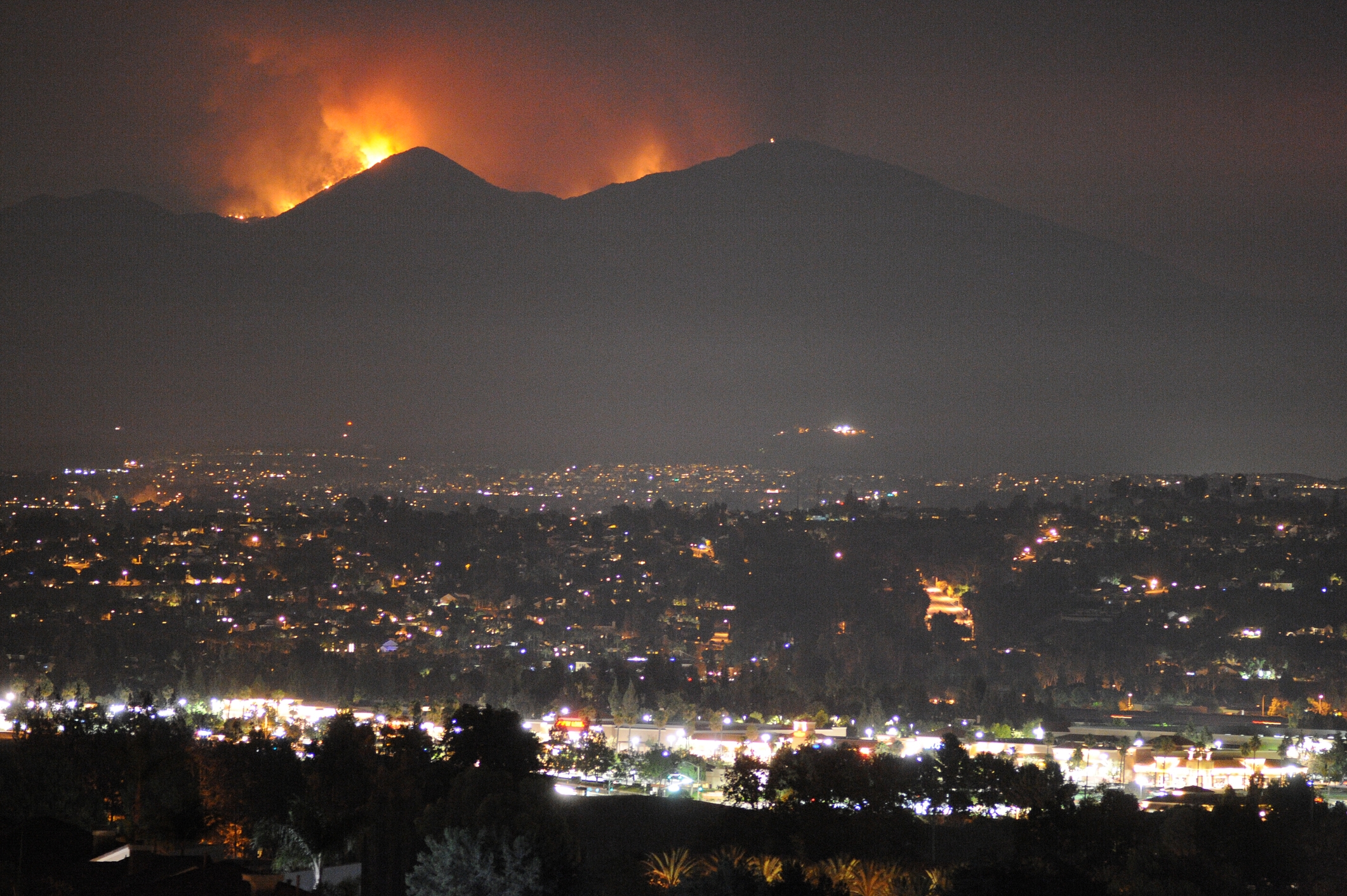Trump emphasizes need for improved forest management to combat California wildfires
SACRAMENTO, Calif. — During a visit to California in September 2020 to address the devastating wildfires sweeping the state, President Donald Trump stressed the importance of better forest management as a key measure to prevent future fires. His comments highlighted longstanding concerns over the role of downed trees, dried vegetation, and forest practices in fueling wildfires.
Speaking to reporters after landing in Sacramento, Trump pointed to the accumulation of dry vegetation and debris as significant contributors to the severity of fires. “When trees fall down, after a short period of time—about 18 months—they’ve become very dry, really like a matchstick,” Trump explained. “And when you have years of dried leaves on the ground, it becomes fuel for a fire.” He urged California officials to focus on clearing dead vegetation, managing underbrush, and creating buffer zones to limit the spread of fires.
Trump also referenced forest management practices in European countries like Austria and Finland, which he described as “forest nations.” He said these countries take active measures to maintain their forests, preventing the kind of catastrophic wildfires that California experiences. “We have to do that in California,” Trump said, underscoring the need for immediate action.
During a briefing with state officials, California Governor Gavin Newsom agreed that forest management improvements were necessary, acknowledging, “We can do a better job of forest management.”
However, Newsom also emphasized the role of climate change in exacerbating wildfire conditions, describing it as a key factor driving the increasing frequency and intensity of fires. Wade Crowfoot, secretary of the California Natural Resources Agency, echoed that sentiment, warning that ignoring climate science would hinder efforts to protect California.
Trump maintained his focus on forest practices, reiterating that addressing dry vegetation and debris could have a significant impact in reducing wildfire risks. “We need to focus on what’s on the ground, what’s fueling these fires,” Trump emphasized, pointing to the success of forest management strategies in other parts of the world.
The visit brought national attention to the ongoing debate over how to best address wildfires in California. While some officials stress the role of climate change, Trump’s call for improved forest management underscored an approach aimed at reducing the fuel available for fires and mitigating their spread.

